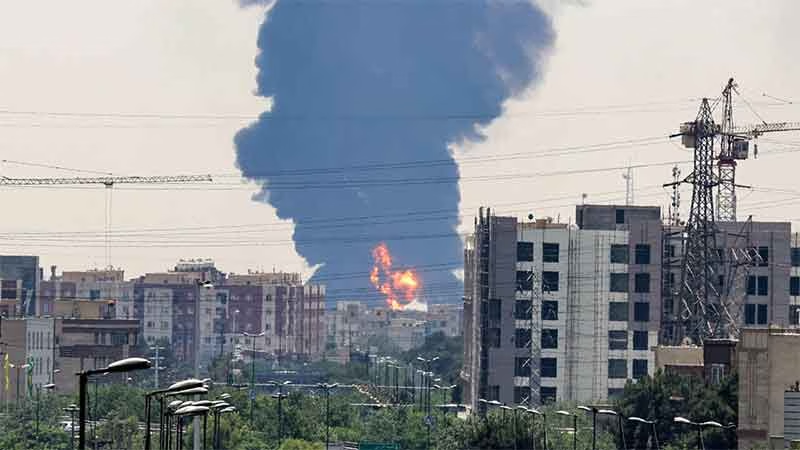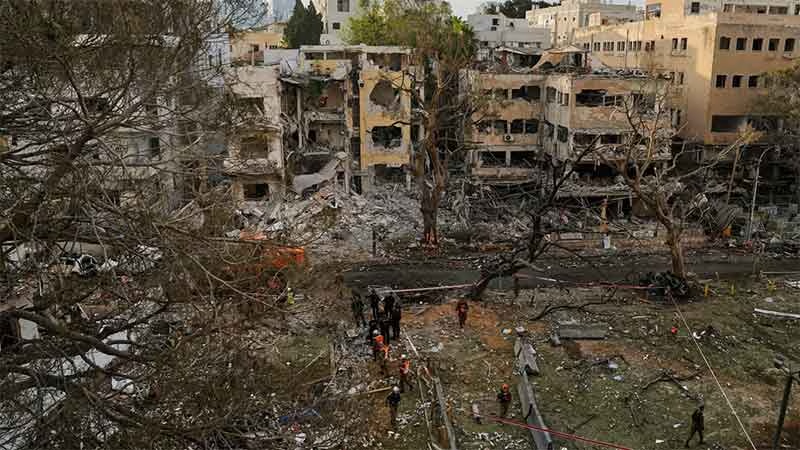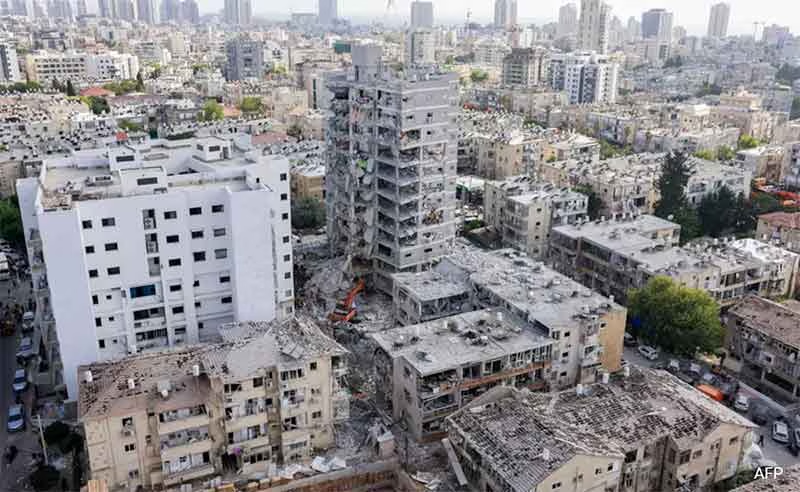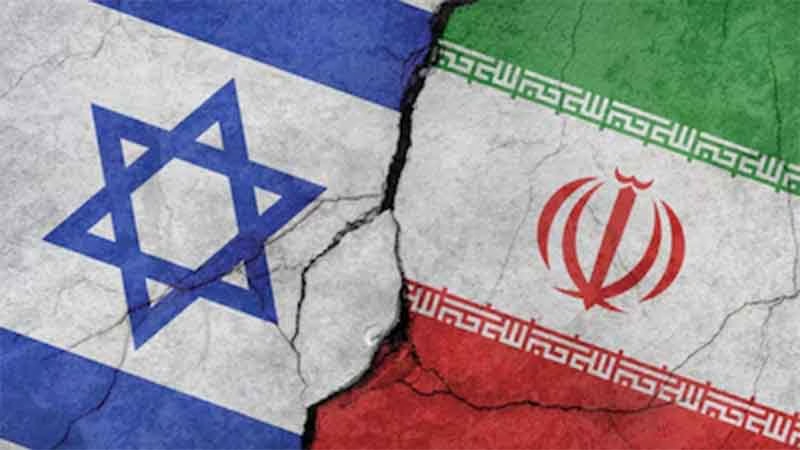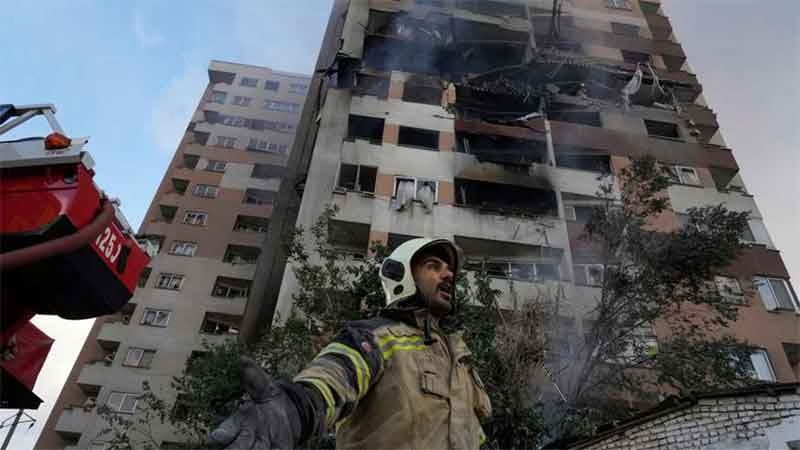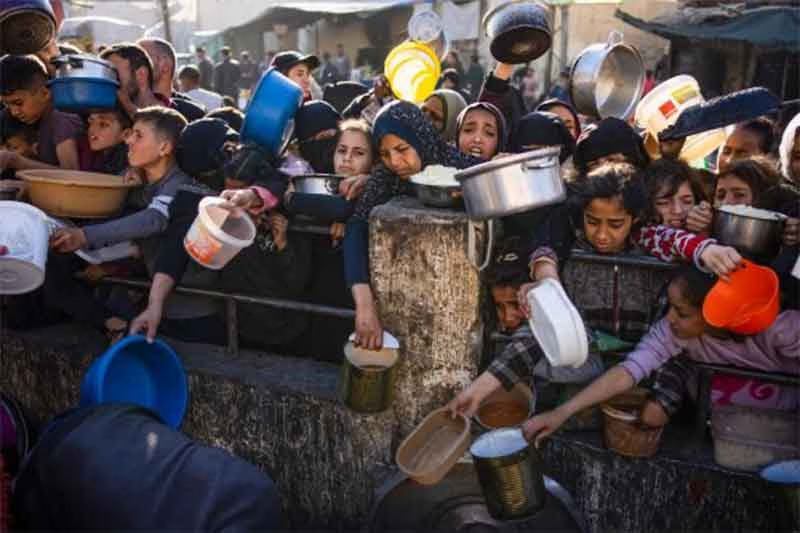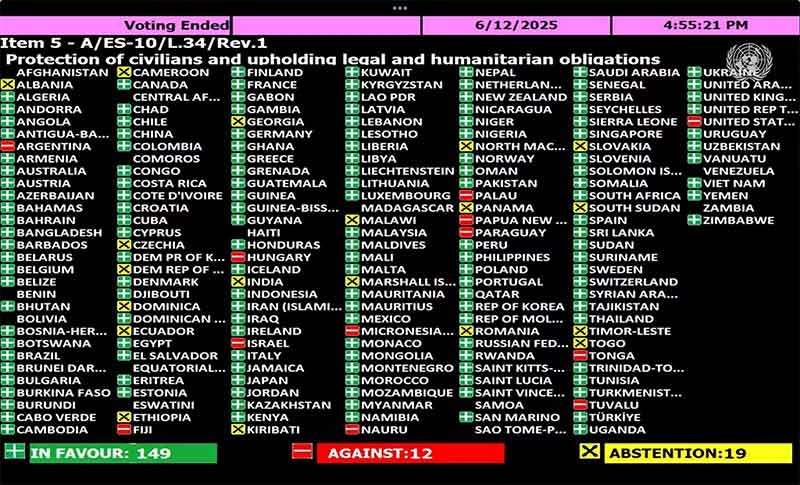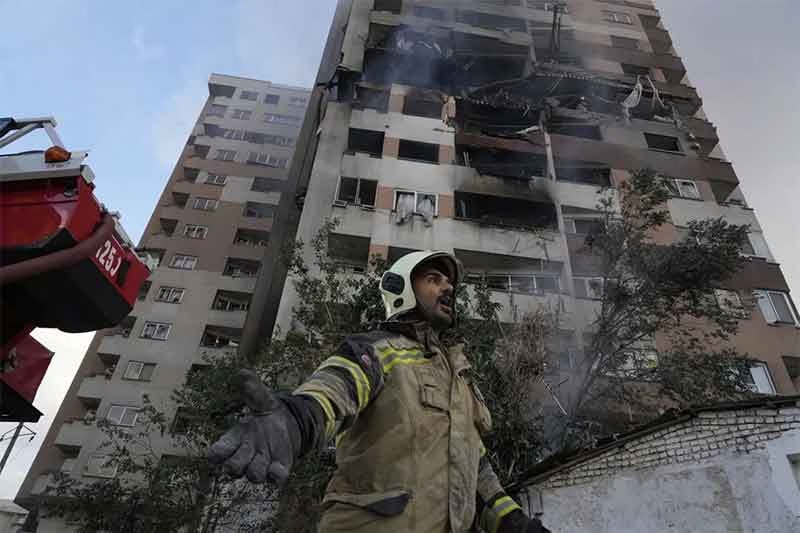
Education plays a catalytic role in the socio economic development. The relationship between education and development is well documented and fairly well understood. Education is an important indicator of inclusive growth, development and in bringing social change. In Punjab, while there has been a surge in number of educational institutions and literacy rates, education sector is in the state of disarray as revealed by number of studies. If we look on the school education, it is highly stratified, inadequate and weak. Over the last decades, the unregulated growth of the private schools in both rural and urban areas has been witnessed across the state. Government schools are facing the problems of teacher shortage, lack of facilities and non-conducive teaching -learning environment and unaccountability etc. The government-run schools are perceived as schools for the poor and for marginalized children. Aided schools are at the verge of closure due to state neglect. Since 2003, government put ban on recruitment of teachers in the aided schools. Out of the total 9468 sanctioned posts of teachers, 6800 are vacant in aided schools. This has resulted in a discernible trend of a shift of children from government and government aided schools to private schools. Private schools have steep fees and are out of reach of the majority of the state population. Even than parents pay private school fees by managing the resources and send children to private schools. As per Annual Status of Education Report( 2015)), more than 50% of children in the age-group of 6–14 years go to private schools in Punjab. Gross Enrolment Ratio (GER) figures are 111.2 percent at primary level and 96.7 percent at the upper primary level, which are comparable with national figures, but these figures do not convey the true picture of the state of education. The dismal academic performance of children at the school level is evidenced by number of studies depicts the inattention of the state towards school education. One cannot deny that the dismal academic performance at the school stage is the bases of exclusion from the educational mainstream, because ill equipped children grow up as unskilled adults with buried potential and lack of employment opportunities. Poor quality of education paves the ways for silent exclusion and colossal wastage of human resource as the chances of children getting educated, employed and socially and economically secure become dim. Youth in the state is feeling alienated and aimless due to lack of employment opportunities and skill. Along with quantitative expansion, state policies must address the quality of education. Need is to strengthen the government and government aided schools through well qualified teachers, adequate financial support, conducive teaching- learning and by making more inclusive.
Likewise, higher education sector in Punjab is experiencing sheer neglect over last decades. Due to many social and political reasons in the recent couple of years, the number of higher education institutions increased substantially out of which private universities and colleges came up in large number. Government colleges are surviving with 80 percent of guest faculty, lack of resources and poor infrastructure. Similarly, the government aided colleges are near collapse due to apathy of the state as the ban imposed on teacher recruitment since 2005 is still continues and more than 70 percent of the sanctioned posts of teachers are not filled with regular faculty. Aided colleges are also facing financial constraints due to delay in release and frequent cuts in grant- in -aid. Arguably, a grievous shortage of teachers in public sector institutions and neglect by state policy has done the irreparable harm to the higher education sector in the state. State run universities are facing the problems of resource crunch, faculty shortage, inadequate infrastructure and poor governance. Need is to strengthen the public universities and colleges which meet the needs of more than 70 percent of the state population.
The difference in quality of education between rural and urban areas can be ascertained from the fact that a marginal percentage of students can enter in the good quality higher education institutions. Many first generation learners, crippled by rural poverty and lack of parental support, are unable to perform at par with their urban and affluent counterparts. Urban students disproportionately out perform in entrance examinations as compared to rural students. The poor quality of education at the school level and difficulties to learn English by the rural students pave the way for their silent exclusion from education. Consequently, rural students either resort on private institutions or give up studies due to non –affordability of education. Rural education deserves special attention as 62.5 percent of population in the state lives in rural areas, facing an acute economic crisis since last two decades. It must be looked that rural students bear the brunt of family distress, low socio economic status and apathy of the state in providing quality education. Education is the only media to bring people out of economic distress through skill development and shifting from agriculture to non -agriculture employment.
Public educational institutions cater students from rural and impoverished backgrounds, so neglect of public education is further marginalizing the already marginalized. Since both school and higher education level are organically linked with each other, there is need to strengthen and improve the delivery of education at both the levels. Instead of allowing a mushrooming growth of private institutions without social responsibility , the existing public sector institutions be strengthened through adequate budgetary provisions, good quality infrastructure, adequate resources, fair governance and regular monitoring. Government should also regulate and monitor the fees and funds regularly being charged by private institutions. Education is the most productive investment in the human resource capital, so government must not withdraw hand from the education sector rather should shoulder a major share of finances to the public institutions. Need of the hour is to address education sector in every relevant context.
Satvinderpal Kaur is Associate Professor, Department of Education Panjab University Chandigarh

















